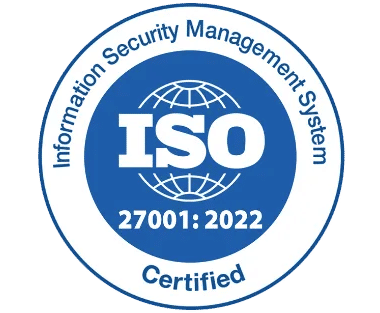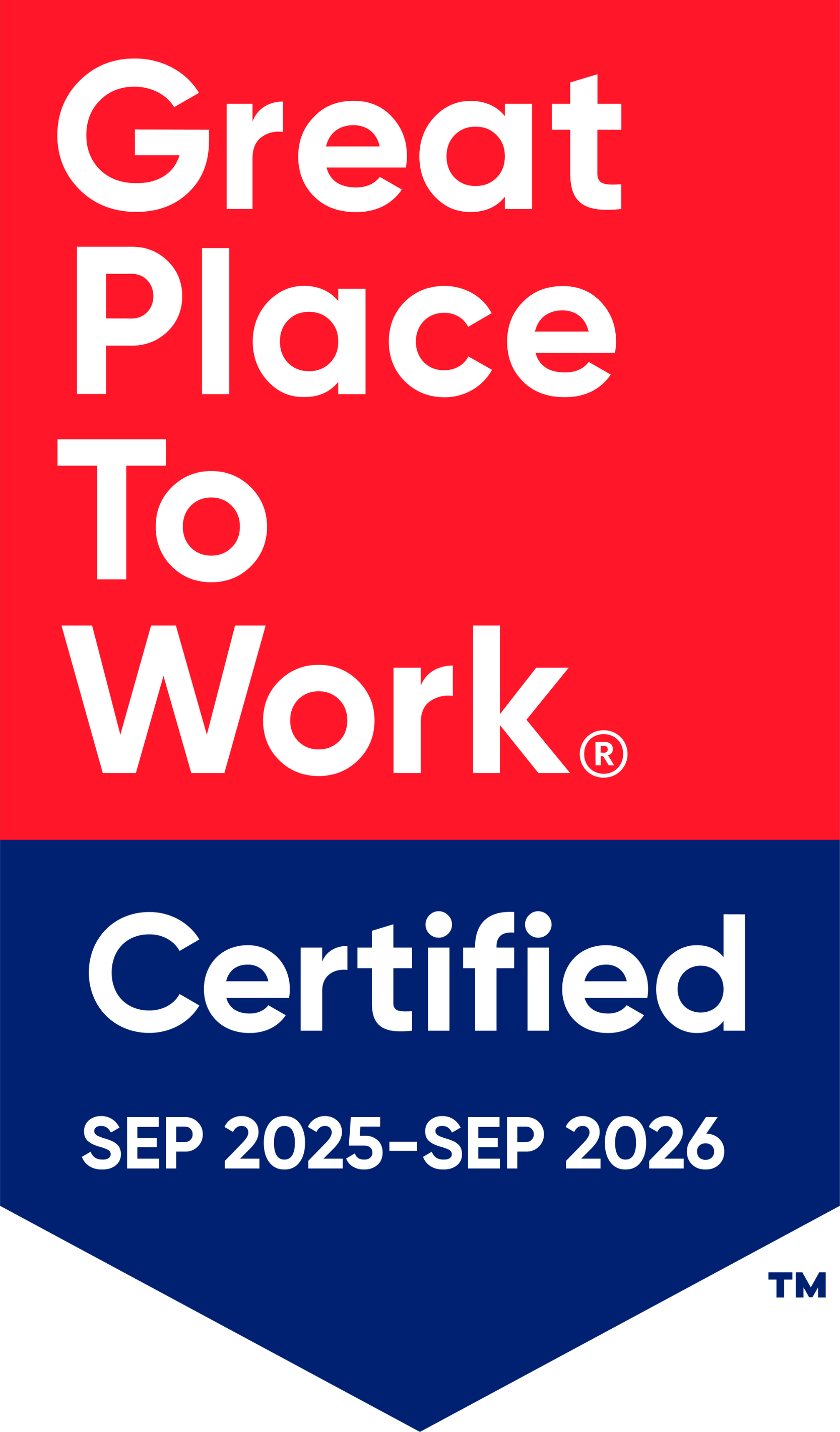What Is an Asset Tracking App, and How Does It Work?
Managing physical assets efficiently is crucial. Whether it’s office equipment, machinery, vehicles, or IT assets, knowing where everything is and how it’s being used can significantly impact operational efficiency. This is where an asset tracking app comes into play. These apps streamline the process of tracking and managing assets, ensuring businesses can optimize usage, reduce losses, and improve accountability.
In this blog, we’ll explore what an asset tracking app is, how it works, and why it’s essential for modern businesses.
What Is an Asset Tracking App?
An asset tracking app is a digital tool that helps businesses monitor and manage their physical assets in real time. It enables organizations to track the location, condition, and status of assets using technologies such as QR codes, barcodes, and GPS.
These apps integrate with centralized asset management systems, providing detailed reports, automated alerts, and historical data to enhance decision-making and ensure assets are utilized efficiently.
Key Features of an Asset Tracking App
Real-Time Asset Location Tracking – Know where your assets are at all times using GPS technology.
Automated Check-In and Check-Out – Keep track of asset usage and assign responsibility to employees.
Barcode & QR Code Scanning – Easily label and identify assets with quick scans.
Maintenance Alerts & Scheduling – Get notified when assets require maintenance to prevent downtime.
Audit & Compliance Reports – Maintain regulatory compliance with automated record-keeping.
Mobile Accessibility – Access asset details from anywhere using a smartphone or tablet.
Customizable Asset Categories – Organize assets by type, department, or usage for better management.
Integration with Other Systems – Sync data with ERP, accounting, or IT management software.
How Does an Asset Tracking App Work?
An asset tracking app works by leveraging various identification and tracking technologies to monitor and manage physical assets in real time. The process typically involves multiple stages, ensuring accurate data collection, asset movement tracking, and efficient resource utilization. Here’s how it works:
1. Asset Tagging
Each asset is assigned a unique identifier in the form of a barcode, QR code, RFID tag, GPS tracker, or IoT sensor. The chosen tagging method depends on the specific needs of the business:
- Barcodes & QR Codes – Cost-effective, easy to print and scan using a mobile device.
- GPS Trackers – Used for mobile assets such as fleet vehicles or shipping containers.
- IoT Sensors – Monitor environmental conditions (temperature, humidity) and asset usage.
2. Data Entry and Centralized Storage
Once tagged, relevant details about the asset—such as name, category, location, purchase date, warranty, assigned user, and condition—are recorded in the system. This data is stored in a cloud-based or on-premise asset management system, ensuring secure and centralized access.
3. Scanning and Identification
Employees can scan an asset’s tag using a smartphone, tablet, or dedicated scanning device. The app then retrieves and displays the asset’s details, including:
- Current location
- Status (in use, available, under maintenance, etc.)
- Assigned personnel or department
- Maintenance history
4. Real-Time Tracking & Monitoring
The app continuously updates asset locations and conditions using GPS. Businesses can:
- Track assets moving between locations.
- Get alerts if an asset leaves a designated area (geo-fencing feature).
- Monitor environmental factors to protect sensitive equipment.
5. Automated Check-In & Check-Out System
An asset tracking app allows businesses to implement a check-in/check-out system, ensuring that assets are assigned to responsible users. This feature helps:
- Prevent unauthorized asset movement.
- Improve accountability for shared assets (e.g., IT equipment, tools, or vehicles).
- Reduce asset loss or theft.
6. Maintenance & Lifecycle Management
To keep assets functional and extend their lifespan, tracking apps offer automated maintenance scheduling. Features include:
- Preventive maintenance reminders – Schedule servicing based on usage or time intervals.
- Repair history tracking – Maintain records of past maintenance and repair costs.
- Depreciation calculations – Track an asset’s value over time for financial reporting.
7. Reporting & Analytics
The app compiles asset data into customizable reports and dashboards, offering insights such as:
- Asset utilization trends
- Maintenance and repair expenses
- Asset depreciation over time
- Audit and compliance records
- Inventory shortages or excesses
These reports help businesses optimize asset usage, identify inefficiencies, and ensure compliance with financial and operational standards.
8. Integration with Other Business Systems
Most modern asset tracking apps integrate seamlessly with ERP, accounting, procurement, and IT management software, eliminating the need for manual data entry and ensuring a smooth workflow between different departments.
For example:
- ERP integration – Sync asset data with supply chain and finance operations.
- IT management integration – Ensure IT asset security and compliance.
- Procurement integration – Automate asset acquisition and stock replenishment.
9. Security & Access Control
Many asset tracking apps include role-based access controls to protect sensitive asset information. Administrators can:
- Restrict access to specific asset categories.
- Set permissions for viewing, editing, or managing assets.
- Maintain audit logs to track changes and user activities.
10. Mobile Accessibility & Cloud-Based Management
With cloud-based asset tracking apps, users can access asset details from anywhere, allowing field workers and remote employees to:
- Scan and update asset records using mobile devices.
- Check asset availability on the go.
- Receive real-time notifications for maintenance or movement alerts.
Why Your Business Needs an Asset Tracking App
An asset tracking app is no longer a luxury—it’s a necessity for businesses looking to optimize asset utilization, improve security, and streamline operations. Here’s why your business needs one:
1. Prevent Asset Loss & Theft
Asset misplacement and theft can lead to significant financial losses. An asset tracking app provides real-time location tracking and geo-fencing alerts, reducing unauthorized movement and increasing accountability.
2. Increase Operational Efficiency
Manual asset tracking is time-consuming and prone to human error. Automating the process saves time, minimizes mistakes, and ensures employees can quickly locate and access the resources they need.
3. Ensure Compliance & Audit Readiness
Many industries require strict documentation of asset usage for compliance purposes. An asset tracking app maintains accurate records of asset movements, maintenance, and depreciation, ensuring your business is always audit-ready.
4. Optimize Asset Utilization & Reduce Costs
By monitoring usage trends, businesses can identify underutilized assets and reallocate resources accordingly. This prevents unnecessary purchases and maximizes ROI on existing assets.
5. Enhance Maintenance & Equipment Longevity
Unexpected equipment failures lead to downtime and high repair costs. Preventive maintenance scheduling ensures timely servicing, extending asset lifespan and improving overall productivity.
6. Improve Employee Accountability
With check-in/check-out tracking, employees are held accountable for the assets they use. This reduces carelessness, enhances responsibility, and ensures assets are returned on time.
7. Seamless Integration with Business Systems
Asset tracking apps integrate with ERP, procurement, and accounting systems, enabling smooth workflow automation and real-time data sharing across departments.
8. Mobile Accessibility for Remote Asset Management
Cloud-based asset tracking apps allow managers to track assets remotely from any location. This is especially useful for businesses with multiple sites, field workers, or distributed teams.
9. Data-Driven Decision-Making
Detailed reports and analytics provide valuable insights into asset performance, allowing businesses to make informed decisions regarding procurement, maintenance, and resource allocation.
Industries That Benefit from Asset Tracking Apps
Asset tracking apps offer significant advantages across various industries by improving efficiency, reducing asset loss, and ensuring compliance. Here are some of the key industries that benefit the most:
1. Healthcare
Hospitals and clinics use asset tracking apps to monitor medical equipment, pharmaceuticals, and supplies. These apps ensure that critical devices are always available, reduce loss, and improve patient care.
2. Manufacturing
Manufacturers track machinery, tools, and raw materials to optimize workflow and prevent equipment downtime. Asset tracking apps enable predictive maintenance and help manage large-scale operations efficiently.
3. Construction
Construction firms manage heavy equipment, tools, and materials across multiple job sites. GPS-enabled tracking helps prevent theft, while check-in/check-out systems ensure proper asset allocation.
5. Retail & E-Commerce
Retailers manage inventory, reduce stock shortages, and track supply chain logistics. Asset tracking helps ensure products are available when needed, improving overall customer satisfaction.
6. Education & Government Institutions
Schools, universities, and government agencies track IT equipment, office furniture, and supplies. This ensures accountability and simplifies asset audits.
7. IT & Technology
IT firms track hardware, software licenses, and digital assets, ensuring compliance with agreements and improving security.
By leveraging asset tracking apps, businesses across these industries can streamline operations, minimize asset loss, and enhance overall efficiency.
Choosing the Right Asset Tracking App
Selecting the best asset tracking app for your business requires careful consideration of your operational needs, budget, and scalability requirements. Here are the key factors to consider when choosing an asset tracking app:
1. Scalability & Business Size
Ensure that the app can handle your current asset tracking needs and scale as your business grows. Small businesses may require basic barcode scanning, while larger enterprises may need RFID or IoT-enabled tracking.
2. Tracking Technology Compatibility
Different asset tracking apps use various technologies, such as barcodes, GPS. Choose an app that supports the tracking method best suited to your business operations.
3. Cloud-Based vs. On-Premise Deployment
Cloud-based apps offer remote access, real-time updates, and automatic backups.
On-premise solutions provide greater control over data but require in-house IT infrastructure.
4. Integration with Existing Systems
Ensure the app integrates with your ERP, accounting, and IT asset management software to streamline workflows and avoid duplicate data entry.
5. Mobile Accessibility & User-Friendliness
An intuitive, mobile-friendly interface ensures that employees can easily use the app to scan, update, and track assets on the go.
6. Customization & Reporting Features
Choose an app that allows you to customize asset categories, reports, and dashboards to match your business’s specific requirements.
7. Security & Compliance
Ensure the app has robust security measures, such as role-based access control, encryption, and audit logs, to prevent unauthorized access and maintain compliance.
8. Customer Support & Training
Opt for a vendor that offers strong customer support, training, and onboarding assistance to ensure a smooth implementation process.
By evaluating these factors, businesses can select an asset tracking app that aligns with their operational goals, enhances efficiency, and delivers long-term value.
Conclusion
An asset tracking app is an essential tool for businesses looking to optimize asset utilization, improve security, and enhance operational efficiency. By leveraging technologies like GPS, businesses can track and manage assets in real time, reducing losses and ensuring compliance.
If you’re struggling with misplaced assets, unauthorized usage, or inefficient tracking, investing in an asset management software could be the game-changer your business needs.
Ready to Transform Your Asset Management?
Explore asset management 365 today and take control of your business assets like never before!
Frequently Asked Questions
What types of assets can be tracked?
You can track IT equipment, vehicles, machinery, office furniture, tools, and other valuable business assets, depending on the app’s features.
What are the key benefits of using an asset tracking app?
It improves asset visibility, reduces loss and theft, enhances maintenance scheduling, boosts operational efficiency, and ensures compliance with audits.
Can an asset tracking app work offline?
Some apps offer offline functionality, allowing users to log asset data without an internet connection, syncing it later when online.
What technologies are used in asset tracking apps?
Common technologies include GPS, barcodes, QR codes, and IoT sensors for real-time tracking and automated updates.
Is an asset tracking app suitable for small businesses?
Yes, asset tracking apps are scalable and can benefit businesses of all sizes by improving asset management and reducing unnecessary costs.









_svxLrd-8yH.png)

_2VYSFUTN5m.png)

_JiluXJRGNl.svg)

_2djTKNocf.png)





_Rapo0hRMBy.png)

















